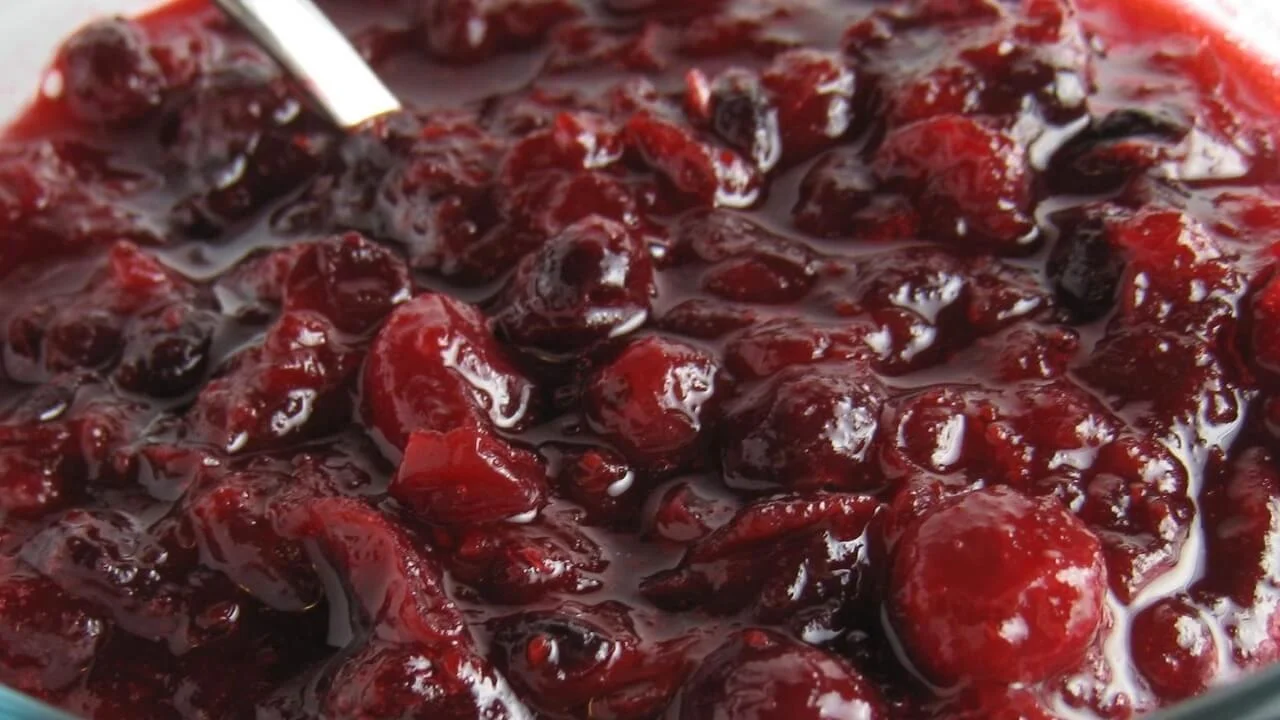#SimBlog: Sickle Cell Crisis
““18-month-old with sickle cell anaemia is brought to the ED by mum who is concerned he has a fever and looks pale.””
Observations
A – Alert but quiet
B – RR 40, Sats 97% in air, mild recessions
C – HR 170, CRT 2 seconds centrally, BP 110/80
D – BM 8
E – Temp 38°C
Clinical Findings
Looks pale and in pain
Chest clear
Spleen tip felt at 4 cm (mum reports usual size is 0.5 cm)
Why We Simulated?
Understanding of the pathophysiology of the condition
Sickle cell disease is an autosomal recessive condition leading to mutation in the haemoglobin chain creating haemoglobin S, which leads to sickling of red blood cells (RBCs). This reduces RBC lifespan (last 10-20 days instead of usual 120) because they are removed more quickly by the spleen. They are also prone to getting stuck in small capillaries. The bone marrow tries to compensate for this increased destruction rate but cannot keep up with the demand, leading to a state of chronic anaemia.
Know what questions to ask
Diagnosed children are under the care of a haematology consultant and have regular clinic follow ups. As such, their parents are often well educated about the condition and may know their latest haemoglobin result, history of previous crises or be trained in palpating their child’s spleen and know its usual size. Information can also be found from recent clinic letters. Combining this information with the presenting history and examination findings can give invaluable insight into the cause of acute presentation. In this simulation, the child had presented to the ED with their first episode of splenic sequestration and the team rapidly identified the features of acute splenic enlargement and pallor with a drop in haemoglobin.
Appreciate pain can be a major symptom
Crises can be painful. This occurs due to resultant ischaemia in vaso-occlusive crises, lung infarction in acute chest syndrome or stretching of the capsules of the spleen or liver during sequestration crises. These children often have a plan for pain management at home and may have received simple analgesia (paracetamol, ibuprofen and codeine) prior to ED arrival. It is therefore important to assess their pain urgently upon arrival and give opiate analgesia as required - intra nasal opiates are recommended as a quick and effective way of initially controlling severe pain.
Stabilising the acutely unwell patient with Sickle Cell Disease
After performing a thorough A to E structured assessment, the main treatment points for these patients are:
Administer high flow oxygen
Establish IV access and take baseline bloods including gas, cultures, FBC, reticulocytes, LDH, UEs, LFTs, CRP and Group and Save
Fluid resuscitation as required followed by maintenance rates
Consider IV antibiotics
Pain management and ongoing reassessment
Liaise with the haematology team regarding ongoing management
Further investigations and treatments are dependent upon the type of crisis and can be found in our trust guideline for the Management of Children with Sickle Cell Disease.
Further Reading:
- Brousse V, Elie C, Benkerrou M, Odièvre MH, Lesprit E, Bernaudin F, Grimaud M, Guitton C, Quinet B, Dangiolo S, de Montalembert M. British journal of haematology. 2012 Mar 1;156(5):643-8. Acute splenic sequestration crisis in sickle cell disease: Cohort study of 190 paediatric patients.
- NICE: Sickle Cell Acute Painful Episode Overview.
- NCEPOD: The Sickle Cell Report. Introduction p7-12 gives a good overview of the condition.
Learning Outcomes
Acute splenic sequestration is a potentially life threatening emergency in Sickle Cell patients. First episodes usually present between 5 months to 2 years of age.
It is most commonly precipitated by an intercurrent illness.
Management involves oxygen, IV access, fluid resuscitation, antibiotics, analgesia and consideration of urgent blood transfusion.
Positive Feedback
Focused information gathering established key points of the patient's medical history.
Quickly appreciated the clinical significance of new splenomegaly in the context of a Sickle Cell patient presenting with fever and pallor.
Communicated well with the concerned parent.







